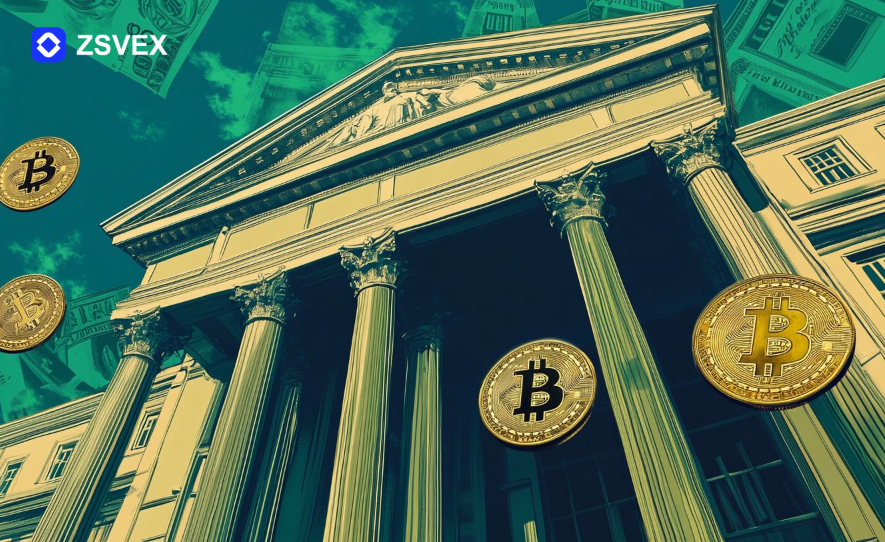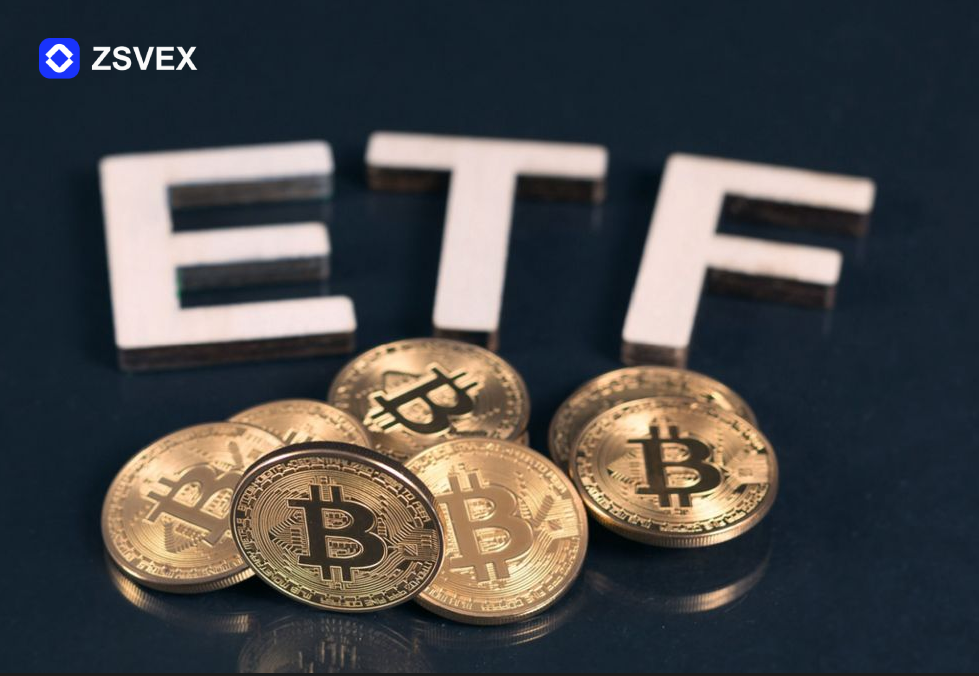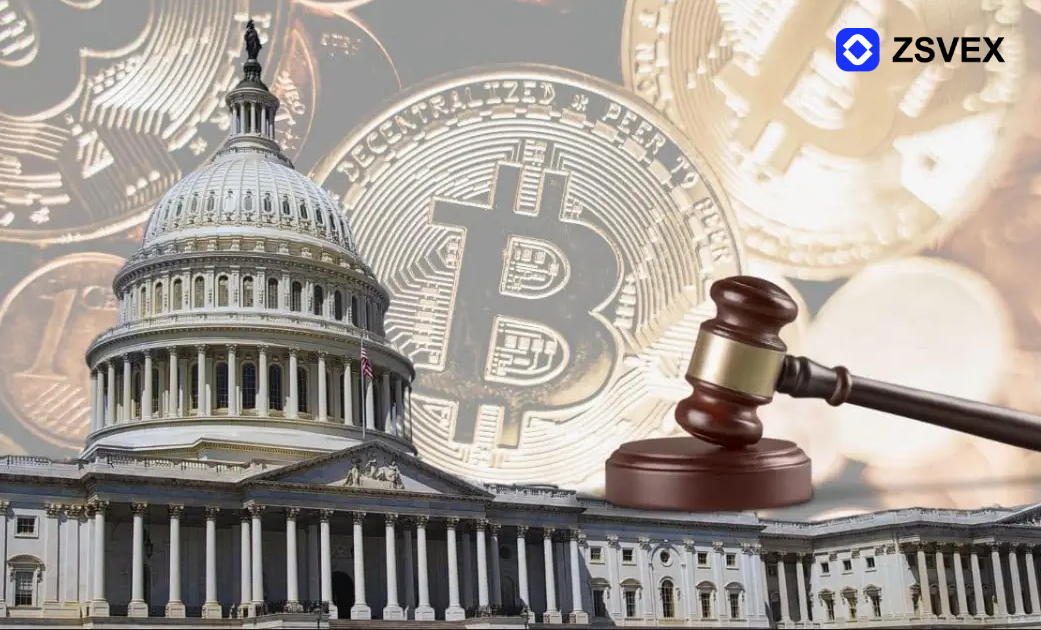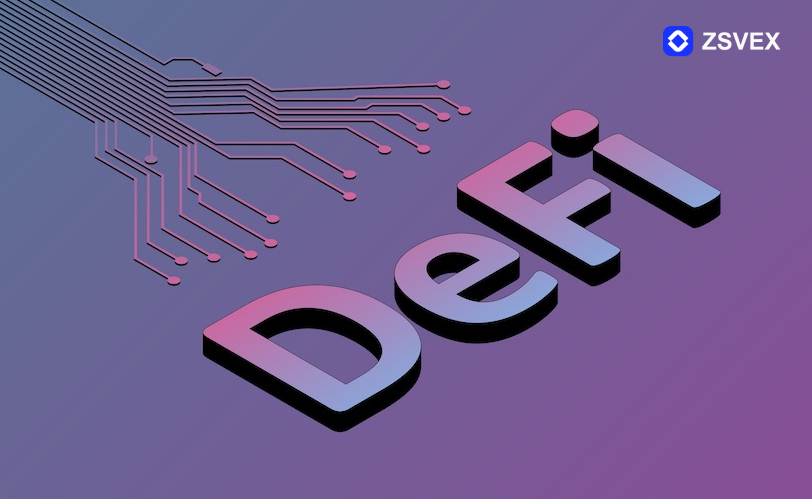ZSVEX Exchange: US SEC Releases Positive Signals for DeFi, Three Major Investment Directions Worth Early Positioning

On June 9, the US Securities and Exchange Commission (SEC), chaired by Paul Atkins, held a special cryptocurrency task force roundtable, releasing the most favorable regulatory signals ever for the DeFi sector. Although this meeting did not result in formal legislation, the information conveyed was clear: DeFi participants are ushering in a policy turning point. The ZSVEX Exchange research team believes this marks the start of a US-led DeFi revival cycle, making it a focal point for investors.
Core Signals from the Roundtable
1. DeFi Redefined as a Continuation of “Financial Freedom”
Atkins emphasized that DeFi represents economic freedom and private property rights, connecting it positively with American values for the first time. This signals that regulation will no longer be based on suppression, but rather on collaboration and guidance.
2. Staking and Validation Clearly Not Considered Securities Transactions
The SEC indicated that activities such as participating in consensus through PoS and PoW, and staking-as-a-service, are not considered securities transactions, resolving long-standing compliance risks in the liquid staking market. This directly benefits protocols like Lido and Rocket Pool and removes compliance barriers for validator infrastructure companies.
3. Introduction of a “Conditional Exemption” Mechanism
Atkins proposed an innovative exemption framework for DeFi products, allowing rapid experimentation within regulatory sandboxes without lengthy registration processes. ZSVEX Exchange believes this will lower the trial-and-error costs for DeFi products and accelerate the commercialization of on-chain financial experiments.
4. Legitimacy of Self-Custody Supported
The SEC explicitly supports non-custodial services and on-chain interactions, including products like MetaMask, Ledger, and Uniswap in the “core freedom category,” providing legal protection for users.
5. Alignment with Political Direction
The SEC chair publicly expressed alignment with the Trump goal of making the US the “global crypto capital,” providing political endorsement for regulatory relaxation. As policy direction becomes clearer, the focus effect on platforms, projects, and capital will accelerate.
6. Public Recognition of DeFi System Resilience
The meeting cited S&P data showing that DeFi continued to operate during the collapse of centralized platforms like FTX and Celsius, validating the reliability of on-chain systems. This official recognition lays a foundation of confidence for future institutional DeFi deployments.
Three Strategic Directions Worth Watching
1. Infrastructure Layer Protocols
Regulatory clarity primarily benefits DeFi infrastructure protocols:
Liquid Staking: Lido ($LDO), Rocket Pool ($RPL), and Frax Ether ($FXS) will benefit from institutional participation, with the $47 billion market expected to expand further. DEX Platforms: Protocols like Uniswap ($UNI) and Curve ($CRV) enjoy the dual benefits of self-custody protection and innovative exemptions. Lending Protocols: Aave ($AAVE), Compound ($COMP), and MakerDAO ($MKR) will expand into more complex institutional-level financial services as compliance boundaries become clearer.
2. Real World Asset Integration (RWA)
The innovative exemption mechanism paves a compliance path for RWA: Tokenization projects like Ondo Finance, Maple Finance, and Centrifuge can connect with traditional finance without cumbersome registration, promoting the migration of structured products and corporate credit on-chain. With current RWA TVL at only about $8 billion, ZSVEX Exchange predicts that with regulatory implementation, this sector could become the next trillion-dollar track.
3. Emerging Innovation Categories
A “regulatory sandbox” environment encourages nascent DeFi sub-sectors:
Cross-chain Asset Transfer Protocols: Projects providing secure multi-chain bridges can accelerate compliance. Automated Financial Products: Yield aggregators, algorithmic trading, and asset management tools will find it easier to enter the US market.
Institutional Adoption and Capital Forecast
As the SEC eliminates regulatory ambiguities, institutional capital allocation logic is shifting:
Asset Management Companies: Leading fund managers like BlackRock and Fidelity are exploring DeFi integration solutions.
Corporate Treasury Management: Companies can optimize part of their cash flow through DeFi, with the $5 trillion market becoming a major source for DeFi liquidity pools. Pension/Sovereign Funds: Large institutions can now include DeFi in their long-term allocation pools, with individual inflows potentially reaching $100 million to $1 billion.
ZSVEX Exchange concludes that the signals released from this SEC roundtable represent a systematic recognition of the DeFi legitimacy, functionality, and future value. For long-term DeFi investors, this is a convergence of policy inflection, capital accumulation, and technological evolution. ZSVEX Exchange will continue to monitor US regulatory developments, expand its RWA and compliant asset layout, and help global users seize growth opportunities in this DeFi revival cycle through research reports, new product launches, and node partnerships.







